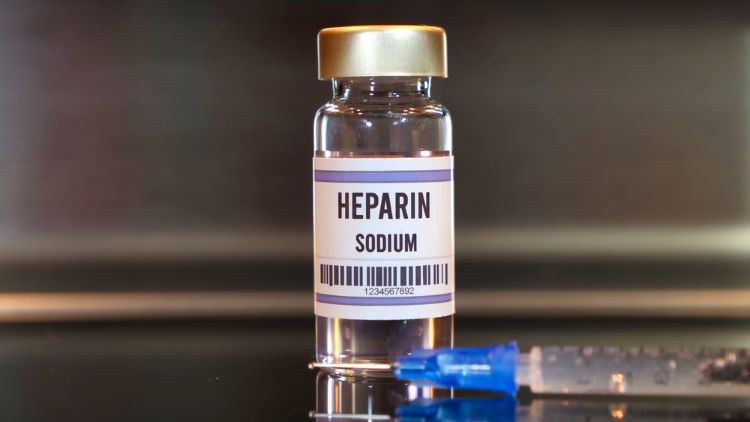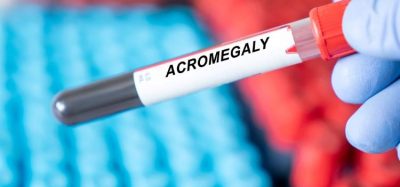Could ATR-FT-IR spectroscopy become ‘gold standard’ for heparin analysis?
Posted: 19 April 2023 | Catherine Eckford (European Pharmaceutical Review) | No comments yet
A paper states ATR-FT-IR spectroscopy plus multivariate analysis for heparin analysis is cost-effective compared to NMR.


A new, cost-effective method of analysing pharmaceutical heparin using attenuated total reflectance fourier-transform infrared (ATR-FT-IR) spectroscopy combined with multivariate analysis has been reported in a paper.
ATR-FTIR coupled with principal component analysis (PCA) was able to differentiate all glycosaminoglycan (GAG) types in a similar way to solution-based FTIR, but with significantly simpler sample preparation, the authors stated.
Heparin is a polydisperse, glycosaminoglycan (GAG) polysaccharide and natural product derived from animal tissue (primarily the intestines of pigs). It has wide clinical use as a potent anticoagulant and is classified as an essential medicine by the World Health Organization (WHO).
In 2008, the importance of rigorous monitoring and quality control (QC) of pharmaceutical heparin was highlighted, when existing regulatory procedures failed to identify a life-threatening adulteration of the substance with oversulfated chondroitin sulfate (OSCS), an unnatural, chemically modified GAG polysaccharide. The authors noted that the event resulted in at least 150 deaths and 350 other adverse events in the US alone.
Since this contamination event, alternative approaches to characterise and provide methods for the detection of OSCS have been explored. Multidimensional nuclear magnetic resonance (NMR) spectroscopy techniques and multivariate analysis have since become the ‘gold standard’.
Unlike most pharmaceutical agents, heparin lacks a unique, defined structure. Devlin et al. explained that heparin should not be considered a homogeneous single molecular entity that is typical of many pharmaceutical agents, like insulin. Instead it should be considered a collection of subtly distinct substances.
Improving the ability to differentiate between different species and/or distinct tissue sources is particularly relevant, given the proposed reintroduction of bovine-sourced heparin into the US market, the paper acknowledged.
Benefits of the method using ATR-FT-IR
The method described in the paper has sensitivity comparable to NMR and enables rapid monitoring and analysis of pharmaceutical heparin, the authors noted.
The authors observed that ATR-FT-IR enables the rapid, facile analysis of heparin samples, in both the solid state (dry or powdered) and solution, via the detection of chemical signatures. The method detailed in the paper published in ACS Central Science can distinguish between samples of heparin derived from distinct species and from distinct tissues within the same species.
ATR-FTIR instrumentation is highly portable and relatively low cost, according to the authors. Combined with relatively undemanding operation when compared to NMR, it offers significant advantages while retaining comparable levels of sensitivity.
A benefit of this dual-state analysis with ATR-FTIR-based methodologies is that they can be applied to monitoring process intermediates that occur during heparin production. This is also possible for the quality control of the active pharmaceutical ingredients (APIs).
Devlin et al. stated the new approach can “readily control purity, origin, and process” that improves requirements of current regulators. The team concluded it “should appeal to manufacturers as a means of guaranteeing provenance and of providing confidence in their manufacturing processes at a fraction of the time and expense of NMR.”









